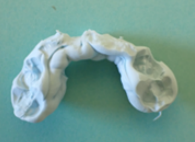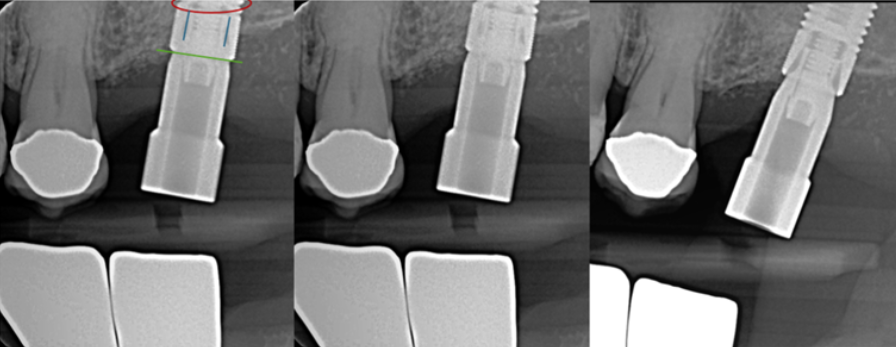Here are five of the most common reasons for lab remakes—and what your team can do to avoid them.
1. Poor Fit
Even when everything seems to go right, a case can still come back with a poor fit. This may be due to inaccuracies in the impression, prep design, or bite—but it can also result from unclear prep margins or insufficient space.
How to Avoid It:
- Be sure margins are well defined and fully exposed in your impression or scan.
- Provide clear reduction and prep design, especially for materials with minimum thickness requirements.
- Include notes or photos for unusual cases—context helps the lab produce a better result.
2. Failed or Incorrect Impressions

This is one of the top culprits behind remakes. A distorted, incomplete, or poorly captured impression can compromise the fit, contacts, and margins of a restoration. Whether you’re using traditional or digital impressions, accuracy is critical.
How to Avoid It:
- For analog impressions: Use the correct tray size, avoid bubbles and voids, and ensure the material fully captures the margins.
- For digital scans: Retract soft tissue properly, ensure a dry field, and take multiple passes around the prep if needed.
- Always review impressions or scans before submission to catch issues early.
3. Improper Bite Registration
An inaccurate or unstable bite registration can lead to a restoration that doesn’t seat properly or requires major adjustment. This not only frustrates the patient—it can extend chair time and reduce efficiency.
How to Avoid It:
- Capture the bite at the correct vertical dimension and in centric occlusion.
- Avoid distortions by using rigid materials and trimming excess properly.
- If you’re scanning, follow your scanner’s protocol carefully to capture both arches and occlusion.
4. Doctor Changed Prescription
Sometimes the clinical plan changes after the case has already been submitted to the lab—maybe a different shade, material, or prep design is needed. While this is sometimes unavoidable, mid-process changes can result in wasted time and resources.
How to Avoid It:
- Take an extra moment to finalize all prescription details before sending the case.
- If there’s any uncertainty about material or design options, call your lab first—we’re happy to consult.
- Use checklists to ensure all prescription fields are completed consistently and accurately.
5. Improper Scanbody Seating

Implant scans can appear complete but still produce inaccurate restorations if the scan body is not fully seated. Even slight misalignment can affect fit, occlusion, and esthetics, leading to remakes and added costs. Always confirm seating radiographically, and remember that bitewings provide the clearest view of the connection zone. Proper seating should feel like a firm stop with a hand driver, not resistance or a slow squeeze when tightening.
How to Avoid It:
• Use bitewings rather than periapicals to verify scan body seating.
• Look for subtle signs of misfit such as gaps, misaligned landmarks, or screw threads positioned too coronally.
• Never force placement. Stop and reposition if resistance is abnormal.
• Train your team to recognize what proper seating looks and feels like.
Accurate scans begin with properly seated scan bodies. Taking the time to verify placement ensures predictable outcomes and prevents costly remakes.
Preventing Remakes Starts with Partnership
While some remakes are inevitable, most can be prevented with clear communication, accurate records, and the right lab partner. At DDS Lab, we’re committed to helping you avoid delays and deliver high-quality restorations the first time.
Our technical team reviews every case carefully, and we’re always available to consult if you have questions about prep, material selection, bite registration, or impression quality. Together, we can reduce remakes, streamline your workflow, and improve patient satisfaction.
Need help troubleshooting a case or want tips for improving consistency in your restorations? Contact DDS Lab today! We’re here to help.
